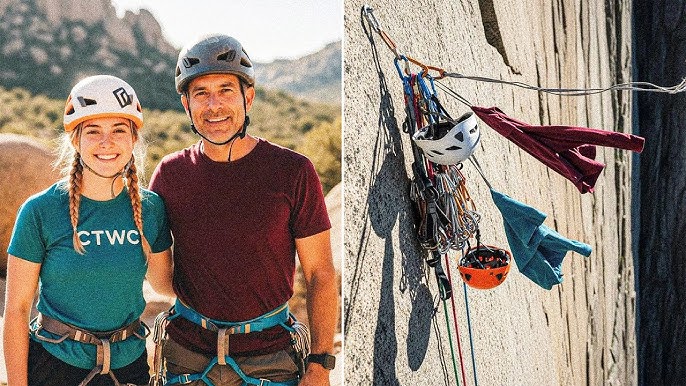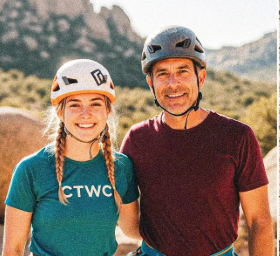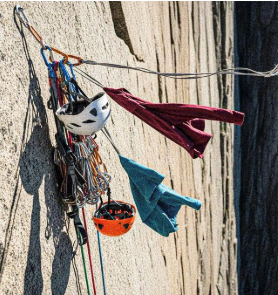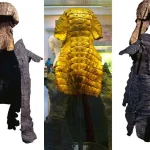The 11 Year Mystery of the Wind River Range: The Tragic Truth of the Beckwith Disappearance

The story of the Beckwiths is an 11 year tragedy rooted in perfect planning and a single, fatal mistake. Garrett Beckwith (45 years old), an engineer and meticulous planner, and his daughter Dela (19 years old), a bold climber, departed in late August 2013 for Mount Hooker—one of Wyoming’s most formidable peaks.
The Silence Begins and the Fatal Flaw
They packed for every emergency, yet left their fully charged satellite phones in the glovebox of Garrett’s truck. That single oversight would become the pivot on which the entire tragedy turned.
Maryanne Beckwith, Garrett’s wife, waited for their 7 p.m. check-in call. By Wednesday, she called the Sheriff’s Office. Deputy Miles Corbin found the truck at the Big Sandy trailhead—satellite phones untouched, maps on the seat. Two people had walked into the wilderness and not walked out.
The Search and The Unsolvable Case
The search was immediate and massive, but the Wind River Range swallowed the evidence. A freak snow and sleet storm battered the SAR teams, forcing a premature retreat. After 10 days, the Beckwiths were gone, and the case became a legend—a warning whispered at trailheads about the power of the wilderness.
The Mountain Yields Its Secret
In late summer 2024, 11 years later, climbers Khloe Vance and Ben Carter discovered a derelict portaledge camp on a remote face of Mount Hooker. Inside a red sleeping bag, secured to the frame, they found the skeleton of Dela Beckwith.
Forensic analysis revealed a catastrophic spiral fracture in her right leg—an injury that would have rendered her completely immobile. She had been cared for, secured, and left with supplies. Garrett’s harness was missing. The painful theory crystallized: Dela was left, helpless but protected, while her father set out alone to get help.
The Final Tracing
The search for Garrett resumed, but below the portaledge, the trail ended at a single rusted piton. Months later, a wildlife biologist’s drone, surveying bighorn sheep, spotted a splash of blue fabric in a remote, cliff-ringed basin miles from the logical descent route. Scattered bones and a titanium jaw plate—matched to Garrett—confirmed his identity.
The location told the rest: disoriented, injured, or simply lost in a whiteout, Garrett had wandered fatally off course. He died alone, miles from his daughter, in a place no one would ever think to look.
The Beckwith mystery was finally, painfully solved. Dela died alone on a ledge, waiting for a father who would never return. Garrett died trying to save her, defeated not by a lack of skill or courage, but by the brutal indifference of the wilderness—and one fatal mistake when they left the satellite phones behind.
Maryanne Beckwith buried her husband and daughter side by side, concluding the story that had consumed her for 11 long years. The Beckwiths’ story became a testament to love, to the limits of preparation, and to the wilderness’s power to humble even the best among us.











